
Verónica Díez Díaz
Postdoctoral Researcher
Museum für Naturkunde
Nominiert in der Kategorie: Science
Mit welchem Digitalprojekt willst du dich in dieser Kategorie bewerben?
The Museum für Naturkunde of Berlin (MfN) houses one of the most impressive Vertebrate Palaeontology collections of the world. The MfN is part of the Leibniz Institute for Evolution and Biodiversity Science, and collaborates closely with the Humboldt University. The MfN Vertebrate Palaeontology collections comprise more than 1.3 millions of single specimens that range in size from large dinosaur bones over medium-sized skulls to tiny mammal teeth and comprise very different type of object characteristics. Among them is also one of the largest dinosaur collections worldwide (Tendaguru collection from Late Jurassic of East Africa), which includes all the former named objects, but also exceptional specimens from the impressive Jurassic Konservatt-Lagerstätte of the Solnhofen Limestone. During the last years, requests for 3D digitized objects from vertebrate palaeontology have multiplied and a number of different scientific applications have been derived from the data. However, as there is no guideline for 3D digitization of the collections, different approaches are often done with a sort of trial-and-error application that costs much time and money. Additionally, multiplied individual 3D digitization of objects by single research guests in the collections bears dangers for the objects of being damaged in the end. A comparative work that provides guidelines of what would be best feasible technique of 3D digitization for which object and research purpose, and which data formats will be the best for storage and multiplied use is urgently necessary.
My current project at the MfN (the first one that compares different digitization techniques for a Vertebrate Palaeontology collection) will be a huge advance in 1) helping the researchers to decide which data type they need and how they can technically plan their digitization projects, 2) provide a framework for 3D digitization that can also be applied to other Vertebrate Palaeontology collections of other institutions, and 3) increase the outreach of the collections to the public by facilitating wider access to 3D data. 3D digital models of museum exhibits and collection object will become an important tool in the exhibition culture, for example for virtual exhibitions that will be worldwide available and therefore these techniques should be developed as sophisticated as possible.
I would like to share with you too my Research Gate page, in which I have all my scientific contributions and current projects: https://www.researchgate.net/profile/Veronica_Diez_Diaz
This is the link for the “3D Imaging Handbook: Photogrammetry Digitization techniques” for the SYNTHESYS project I have edited for the MfN: http://biowikifarm.net/v-mfn/3d-handbook/Photogrammetry_MfN
A documentary we have been working on about the digitalization techniques applied to the Vertebrate Palaeontology collections of the MfN will be released in a few weeks. I can try to send it to you as soon as it is published.
Welche Bedeutung hat die Digitalisierung für Deine/ihre Karriere?
Digitization has been one of the biggest challenges in my scientific career since 2015. Since the beginning of the 21st century new techniques have been applied in Palaeontology, helping us to better comprehend the biology of extinct animals. I am still learning, improving and mastering digitization techniques (like photogrammetry and structured light 3D scanning) for developing digitization protocols in Palaeontology collections, but also for developing research projects to study the biomechanics of sauropod dinosaurs, and reconstruct their musculoskeletal system.
Warum bist Du/ist sie ein Digital Female Leader?
Thanks to my previous advisors and projects I have stated the importance of developing a standardized protocol for creating 3D models of fossils, one that can be easily followed by all Natural History Museums. The Museum für Naturkunde has some groups working on that on Zoology collections, so I proposed doing the same for its impressive Palaeontology collection. I am currently developing this project in collaboration with people within the Museum, but also starting some networks outside Germany. Our aim is to create a worldwide collaboration, being me the leader of the German team.
Was Führung für mich/sie bedeutet
First of all, I always gather together leadership and trust, as a leader but also as a team member. I truly think that both terms should be together for the correct development of the project and the team. A good leader must know how to run and manage all the issues concerning the project, but also know how to delegate tasks, and take into consideration the ideas and suggestions of the other team members.




















